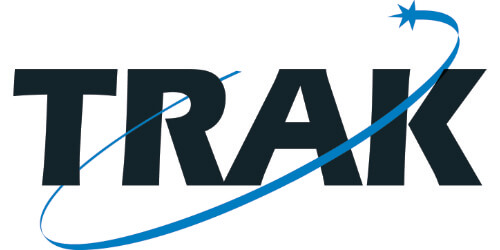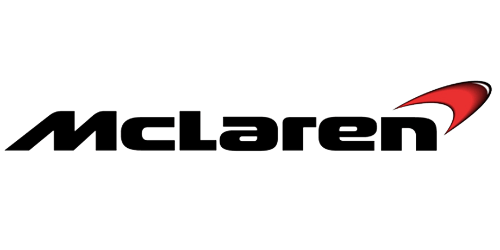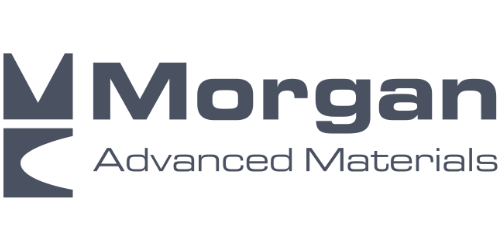Oxygen Plasma Activation with HPT-100 for Stronger Silicon Carbide Joints
A recent study by researchers at The University of Virginia, in collaboration with Ceramic Tubular Products LLC, has demonstrated that oxygen plasma activation, performed using the Henniker HPT-100 plasma cleaner, can significantly improve the joining of silicon carbide (SiC) components. By modifying the SiC surface prior to pressure-less brazing with a silica–alumina–magnesia (SAMg) glass filler, researchers achieved stronger, fully hermetic joints - with over 150% higher strength than untreated samples.
The HPT-100 plasma cleaner is a proven tool for preparing challenging materials like silicon carbide (SiC) for high-performance joining. In advanced applications such as aerospace and energy systems, SiC’s extreme hardness and chemical inertness make it ideal for high-temperature environments, but also difficult to braze effectively due to poor wettability and bonding.
Researchers investigated whether oxygen plasma activation could improve SiC surface properties before brazing, resulting in stronger, more reliable joints.
The Challenge
SiC is widely used in nuclear, aerospace, and semiconductor applications due to its exceptional thermal, mechanical, and chemical stability. However, its high brittleness makes producing complex parts difficult. Joining simpler SiC parts into complex assemblies via brazing is a common approach, but untreated SiC surfaces are hydrophobic and low surface energy. This makes it difficult for glassy fillers to wet surfaces resulting in:
-
Poor filler flow in the joint area.
-
Gaps and voids at the interface.
-
Weak mechanical strength and poor hermetic sealing.
The Role of Henniker's HPT-100 Plasma Cleaner
The research team applied oxygen plasma activation before brazing.
This process:
-
Increased the surface energy of SiC by adding oxygen-containing functional groups such as quartz (SiO₂) and silicon oxycarbide (SiO₂C₂).
-
Reduced the contact angle from 41.46° (untreated) to 5.55° (plasma-activated) - an 86.6% improvement in wettability.
-
Allowed the SAMg filler to spread more effectively, even at relatively low brazing temperatures.
Plasma activation was carried out using a Henniker HPT-100 plasma cleaner at 50 W for 10 minutes, under 1 mbar oxygen flow.

The Results
Hermeticity
-
Untreated joints failed leak testing in both ambient air and helium (> 1×10⁻³ atm-cc/sec).
-
Plasma-activated joints achieved full hermeticity, with helium leak rates as low as < 1×10⁻⁹ atm-cc/sec.
Mechanical Performance
-
Joint strength increased from 12.67 MPa (untreated) to 32.00 MPa (plasma-activated).
-
Burst pressure increased from 61.04 MPa to 154.19 MPa - a 152.6% improvement.
Wettability
-
Contact angle measurements showed near-complete wetting on plasma-activated surfaces.
-
High-temperature tests confirmed better molten filler flow into tight joint gaps.
Conclusion
This study shows that oxygen plasma activation is a low-cost, solvent-free, and effective way to improve SiC joining. By enhancing wettability and filler compatibility, it produces stronger, hermetic joints suitable for extreme environments. The process is compatible with complex geometries and can be applied using compact plasma systems such as the HPT-100.
-
Industry: Aerospace, energy, high-performance engineering
-
Application: SiC surface activation prior to brazing
-
Material: Silicon carbide (SiC)
-
Treatment: Oxygen plasma, 10 mins at 50 W, 1 mbar, 25 sccm O₂
-
Plasma System: HPT-100 plasma cleaner
-
Outcome: +152.6% bond strength, improved wettability, enhanced hermetic sealing
Keywords
References
Readers are referred to the original print, available through the provided DOI link, or click the link below for further details on the Henniker Plasma HPT-100.
[1] Plasma activation enchanced joining of silicon carbide
[2] The HPT-100 Model
FAQ's
Q: What is oxygen plasma activation?
A: Oxygen plasma activation is a surface treatment that uses a low-pressure plasma to add oxygen-containing functional groups to a material’s surface. This increases its surface energy, improving wettability and adhesion without damaging the bulk properties.
Q: How does plasma activation improve silicon carbide (SiC) joining?
A: Untreated SiC surfaces are hydrophobic and resist wetting by brazing fillers. Oxygen plasma activation increases surface energy and creates reactive sites, allowing the filler to spread evenly, form a stronger bond, and create hermetic seals.
Q: Does oxygen plasma activation work with other materials?
A: Yes. Plasma activation can improve adhesion and bonding on metals, polymers, composites, and other ceramics. It’s often used before coating, painting, printing, or adhesive bonding.




















